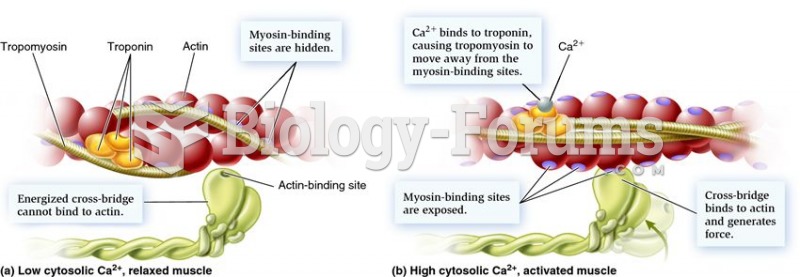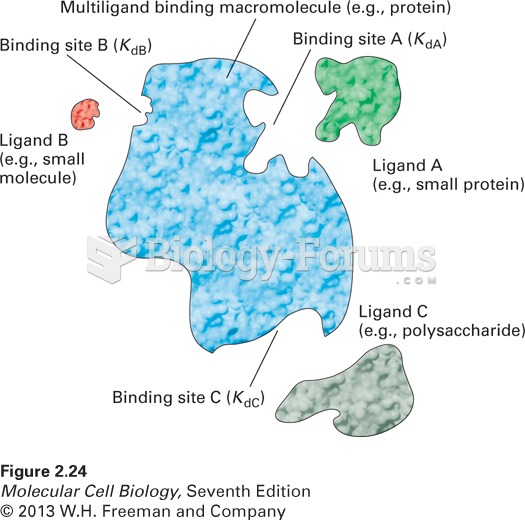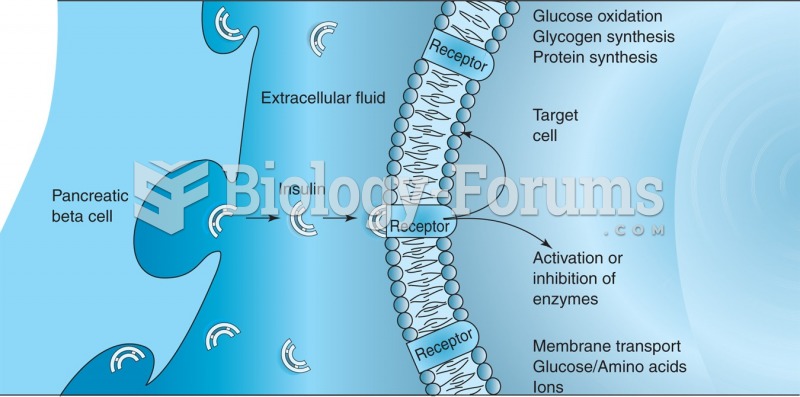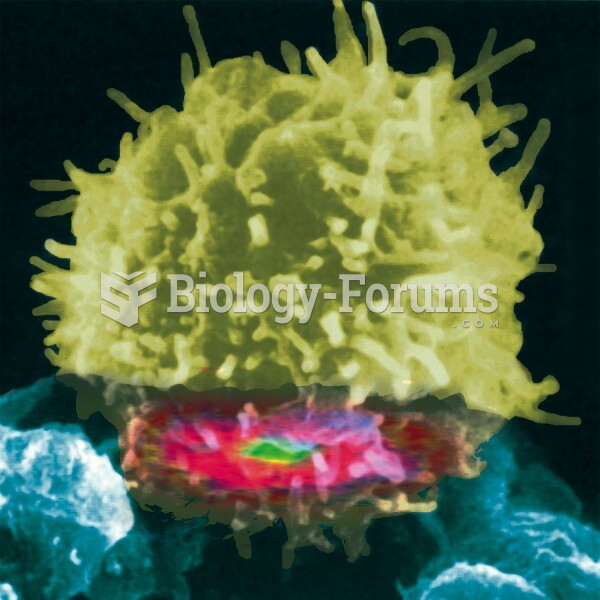|
|
|
The types of cancer that alpha interferons are used to treat include hairy cell leukemia, melanoma, follicular non-Hodgkin's lymphoma, and AIDS-related Kaposi's sarcoma.
Thyroid conditions may make getting pregnant impossible.
The training of an anesthesiologist typically requires four years of college, 4 years of medical school, 1 year of internship, and 3 years of residency.
Automated pill dispensing systems have alarms to alert patients when the correct dosing time has arrived. Most systems work with many varieties of medications, so patients who are taking a variety of drugs can still be in control of their dose regimen.
Disorders that may affect pharmacodynamics include genetic mutations, malnutrition, thyrotoxicosis, myasthenia gravis, Parkinson's disease, and certain forms of insulin-resistant diabetes mellitus.
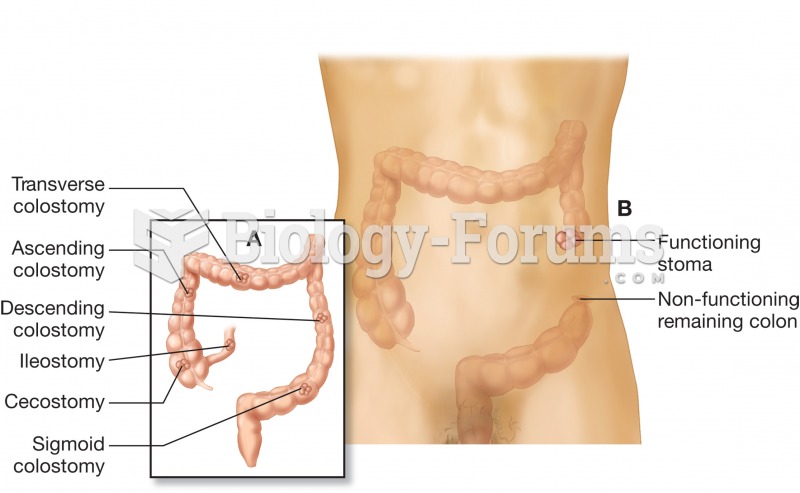 (A) The colon illustrating various ostomy sites; (B) colostomy in the descending colon, illustrating
(A) The colon illustrating various ostomy sites; (B) colostomy in the descending colon, illustrating
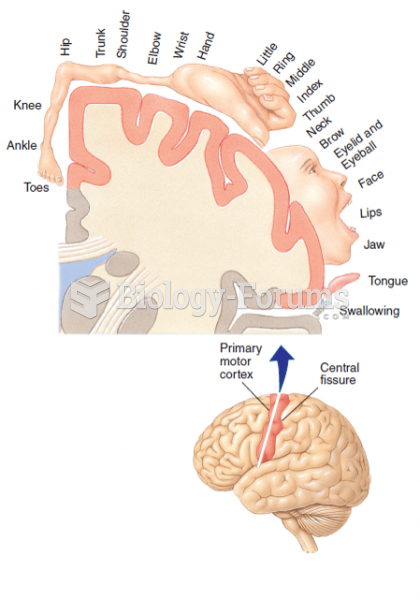 The motor homunculus: the somatotopic map of the human primary motor cortex. Stimulation of sites in ...
The motor homunculus: the somatotopic map of the human primary motor cortex. Stimulation of sites in ...


